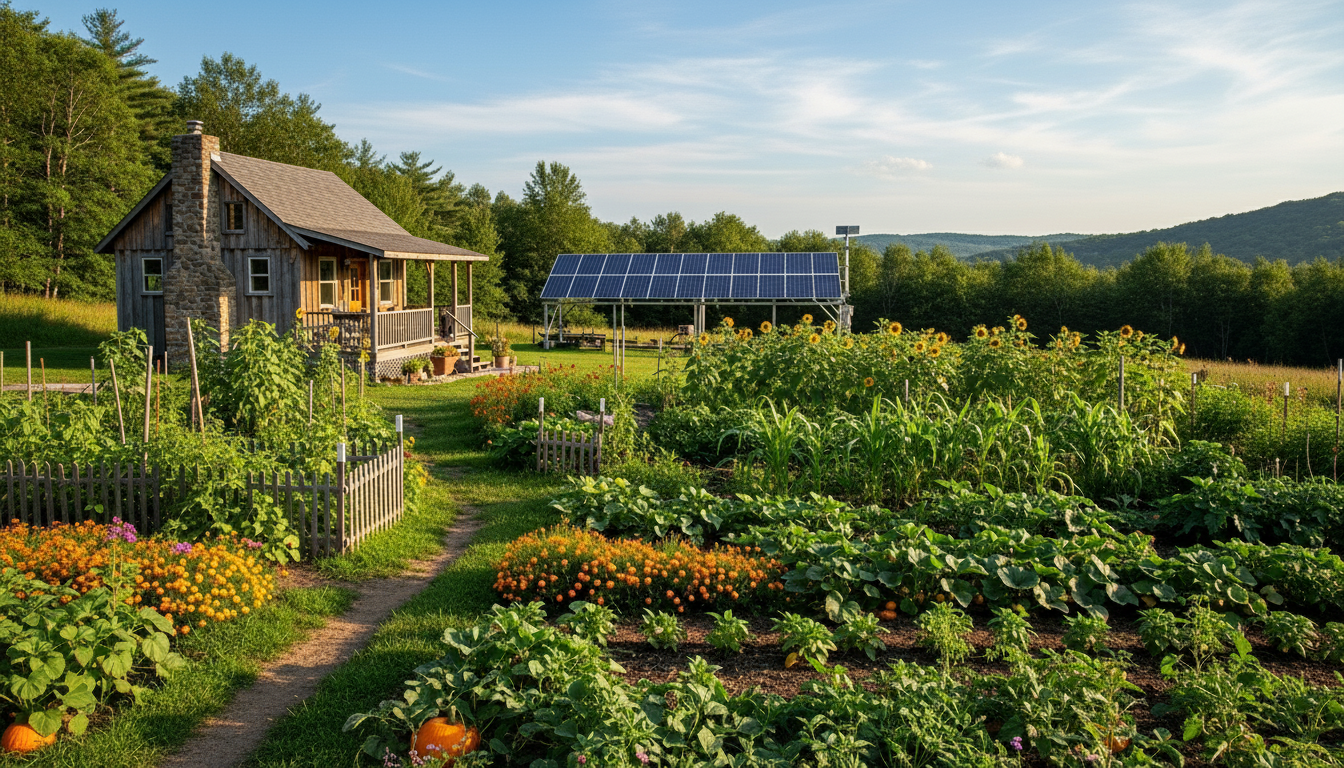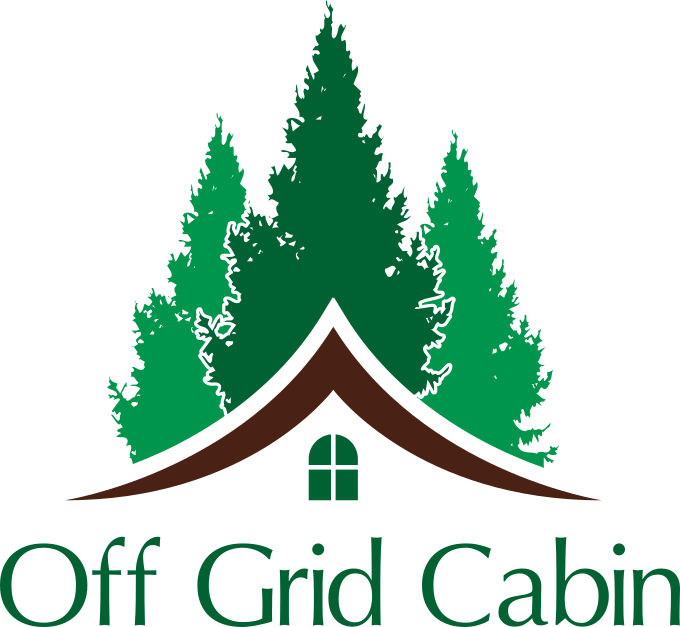1. Understand Your Off-Grid Lifestyle & Daily Energy Needs

Getting a firm grip on what your off-grid lifestyle means for energy use isn’t just essential—it’s downright practical. Start by listing every device you intend to run: your fridge, lights, water pump(s), laptop, perhaps security systems or even a freeze-dryer on your property. Every device draws watts, and knowing those numbers helps you determine the size of the solar system you’ll need.
How to do the math:
-
Check the user manual or the back of each appliance for the wattage rating.
-
Multiply the wattage by the number of hours you expect to use it daily = watt-hours (Wh).
-
Sum the Wh for all devices and convert to kilowatt-hours (kWh) by dividing by 1,000.
-
This gives you your daily kWh demand — the benchmark every off-grid system must meet.
2. Peak Sunlight, Location & Solar Production Realities
Being off-grid means you’re reliant on the sun. But not every day is sunny, and your geographical location plays a major role. The amount of useful sunlight (“peak sun hours”) your solar panels receive each day can vary a lot depending on latitude, season, tilt and shading. GoGreenSolar.com+3FrankenSolar+3XOLAR+3
Key points to account for:
-
Use the worst-case month (shorter days, more cloud cover) when sizing your system. Unbound Solar+2Clean Energy Reviews+2
-
Panel orientation, shading, and the tilt angle matter — a less-than-ideal installation means you’ll need more capacity to compensate. FrankenSolar+1
-
Build in margin: losses from wiring, inverter inefficiencies and battery charging/discharging mean your system should be slightly oversized compared to the “ideal” calculation. GoGreenSolar.com
3. Battery Storage: The Heart of Your Off-Grid System
In off-grid living, your battery bank stores the sunshine you capture during the day for use at night — and during cloudy days. A solar system is only as good as its storage. EcoFlow+2Unbound Solar+2
How to size it:
-
Decide how many days of autonomy you want (e.g., how many days you want to go without sun). Clean Energy Reviews+1
-
Calculate: Daily kWh demand × days of autonomy = kWh storage needed.
-
Adjust for battery chemistry: lead-acid batteries typically only allow ~50% depth of discharge, so you double the raw number; lithium allows deeper discharge (~80 %+), so the multiplier is lower. Unbound Solar+1
-
Always allow for inefficiencies (temperature losses, inverter losses, ageing). Clean Energy Reviews
4. Solar Panel Types: Choosing What Fits Your Homestead
Not all solar panels are created equal. Depending on space, budget and location, you’ll pick differently.
-
Monocrystalline: High efficiency, takes less space, looks sleek. Ideal if you have limited roof/ground area and need maximal output.
-
Polycrystalline: Medium efficiency, more budget-friendly, takes slightly more space for the same output.
-
Thin-film (flexible): Lightweight, can fit unconventional surfaces (like curved roofs or mobile setups). Lower efficiency, so you need more surface area, but useful in special use-cases.
Location & use matters: In cloudy or low-sun regions, monocrystalline may deliver better performance for the space. Thin-film may shine (no pun intended) where weight is a constraint or for temporary/mobile setups.
5. Budgeting Your Off-Grid Solar Setup: Investment Today, Savings Tomorrow
A robust off-grid solar system does require higher upfront cost, but the payoff is long-term: no monthly electricity bills, independence from the grid, and more control over your resources.
Breakdown of key cost items:
-
Solar panels (quantity depends on your kWh/day and sun hours)
-
Battery storage (capacity and chemistry affect cost heavily)
-
Inverter(s) and charge controller(s)
-
Mounts, wiring, conduit, installation labour (or DIY tools & parts)
-
Permitting, insurance, safety inspections (off-grid systems still must comply with codes)
-
Maintenance over time (cleaning panels, checking connections, eventual replacements/aging)
Financial tips:
-
Look for tax credits, rebates or incentives in your region—they help reduce the net cost.
-
Consider financing/loans or leasing programs if you can’t pay the full upfront cost; this can make the project more accessible.
-
Professional installation adds cost, but may reduce long-term risk and maintenance needs—especially important for remote or off-grid properties.
6. Smart Efficiency & Sustainable Living: Stretching Every Watt
When you’re off-grid, making every watt count is vital.
-
Upgrade old appliances to energy-star-rated or high-efficiency models to reduce your total energy demand.
-
Use energy-monitoring devices or smart meters/apps to track usage, spot “vampire loads” (devices left plugged in, standby consumption), and shift usage to sunnier times.
-
Pair your solar system with other sustainable living practices: rainwater harvesting, composting, greenhouse grow-out, and so on. They don’t consume electricity and reduce load elsewhere.
-
Plan for future growth: If you might add more loads later (e.g., a freeze-dryer, security cameras, electric vehicle charger), size your system with “headroom” to expand without a full redesign.
7. Step-By-Step Calculation Summary (Example for Your Off-Grid Cabin)
-
Inventory devices & usage: Fridge (e.g., 150W × 24h = 3.6 kWh), lights (10 × 10W × 5h = 0.5 kWh), laptop (60W × 4h = 0.24 kWh), water pump (200W × 2h = 0.4 kWh) → Daily total ~4.74 kWh.
-
Sun hours estimate: Suppose 4 peak sun hours/day in your region in worst case (low sun winter).
-
Solar array sizing: 4.74 kWh ÷ 4h = 1.185 kW (plus ~20-30% for losses/inefficiencies = ~1.4-1.5 kW of panels).
-
Battery storage sizing: If you want 2 days autonomy: 4.74 kWh × 2 = 9.48 kWh. If using lithium (80% usable), maybe size to ~12 kWh battery bank. If lead-acid (50% usable), maybe ~18-20 kWh.
-
Budget & component check: Panels (1.5 kW), battery bank (~12-20 kWh depending chemistry), inverter sized for peak load (e.g., 2–3kW continuous maybe more for surge loads).
-
Efficiency upgrades: If you can reduce fridge draw, switch to LEDs, reduce hours of usage, maybe you drop daily demand to 3.5 kWh → lowering panel and battery cost significantly.
8. Final Thoughts
Building an off-grid solar system isn’t just about buying gear—it’s about designing your entire energy ecosystem: supply, storage, demand, habits. For someone like you, running a greenhouse, motion sensors, sirens, maybe freezers or freeze-dryers, the off-grid lifestyle isn’t theoretical; it’s practiced. Use your real usage data. Consider your seasonal changes. Give yourself flexibility and reserve capacity for those cloudy days or future gear. And by optimizing both generation and consumption, you’ll enjoy the freedom of grid-independence with confidence.
© 2024 – 2025, Teresa. All rights reserved.

